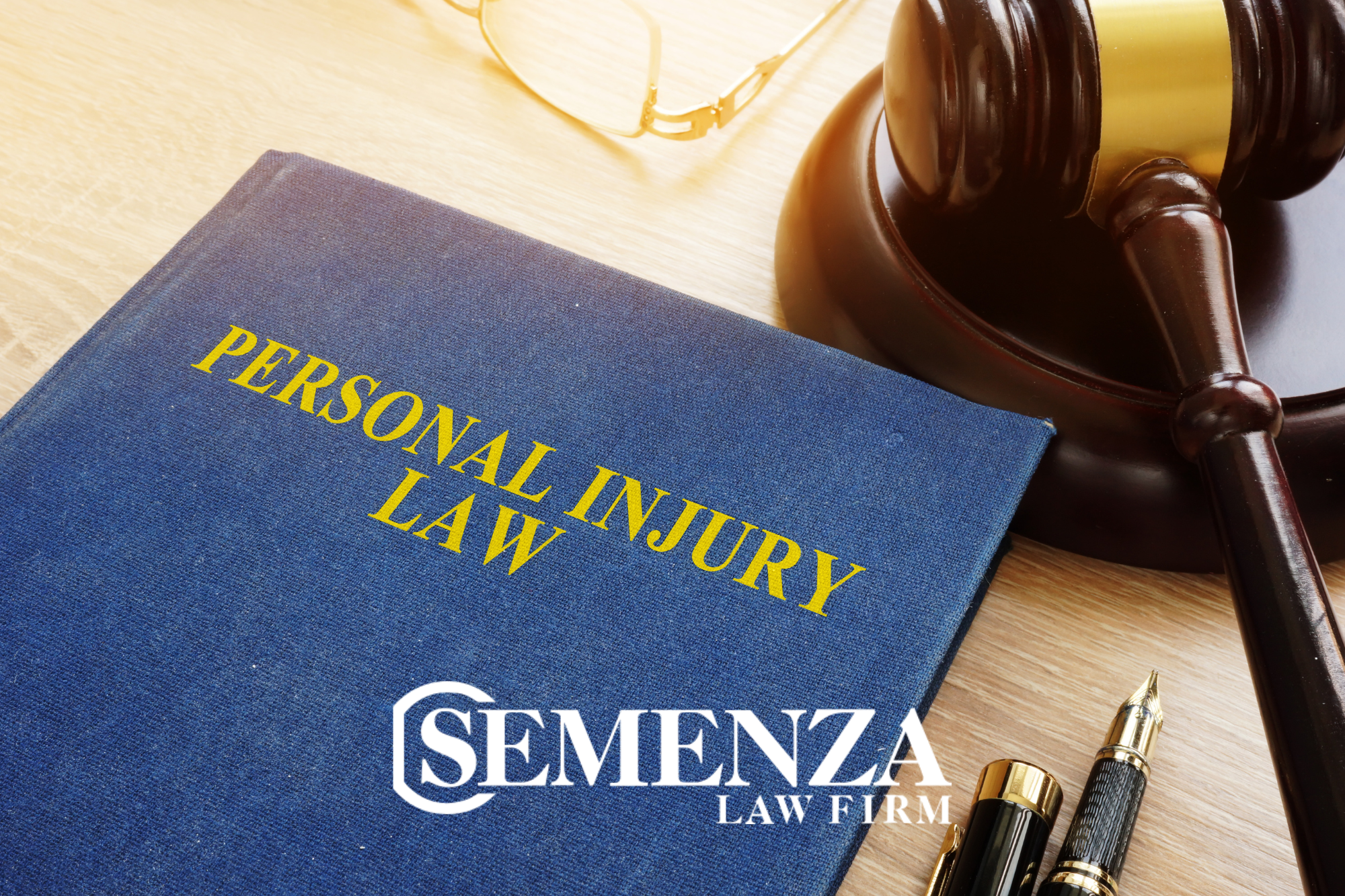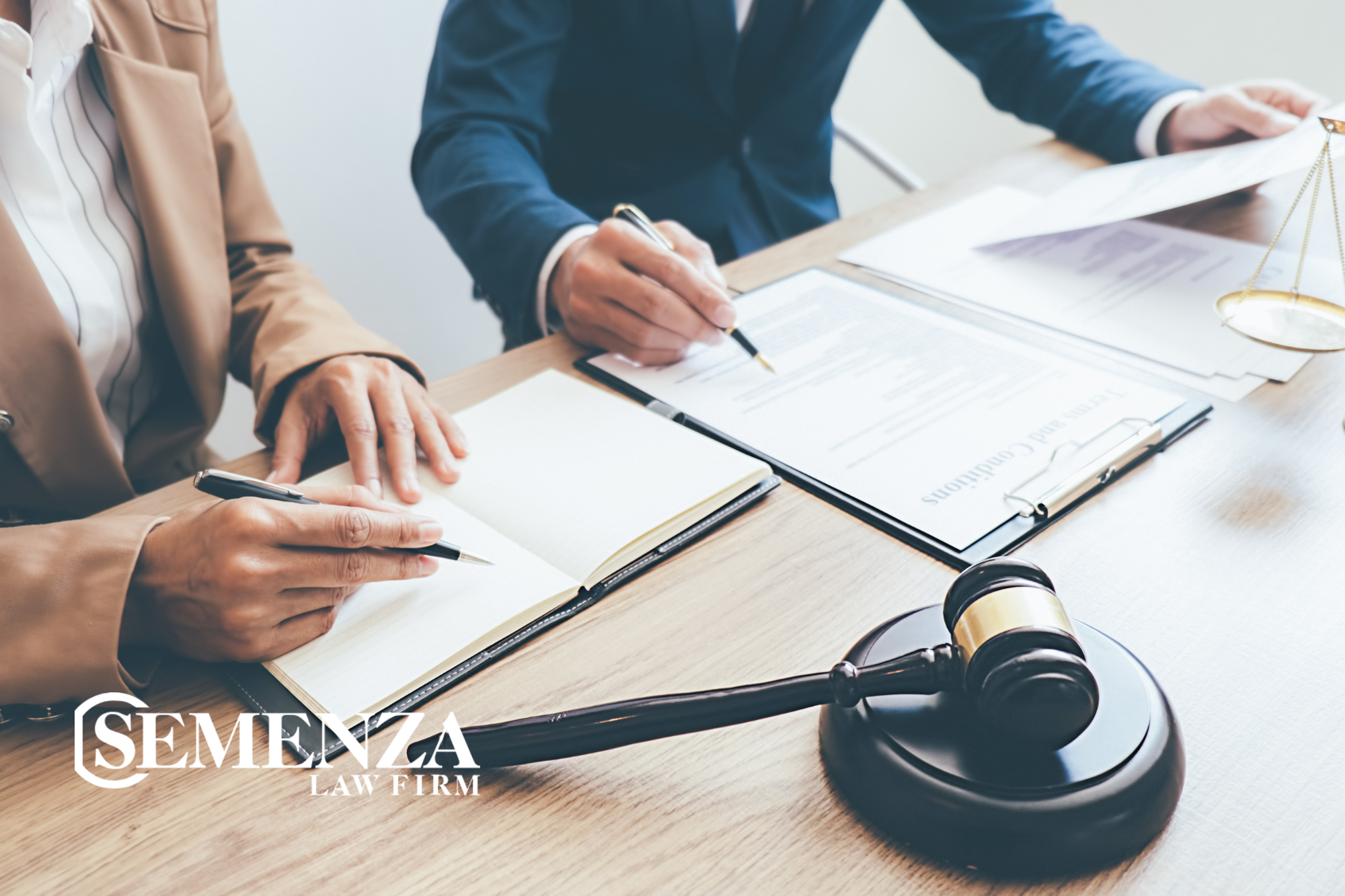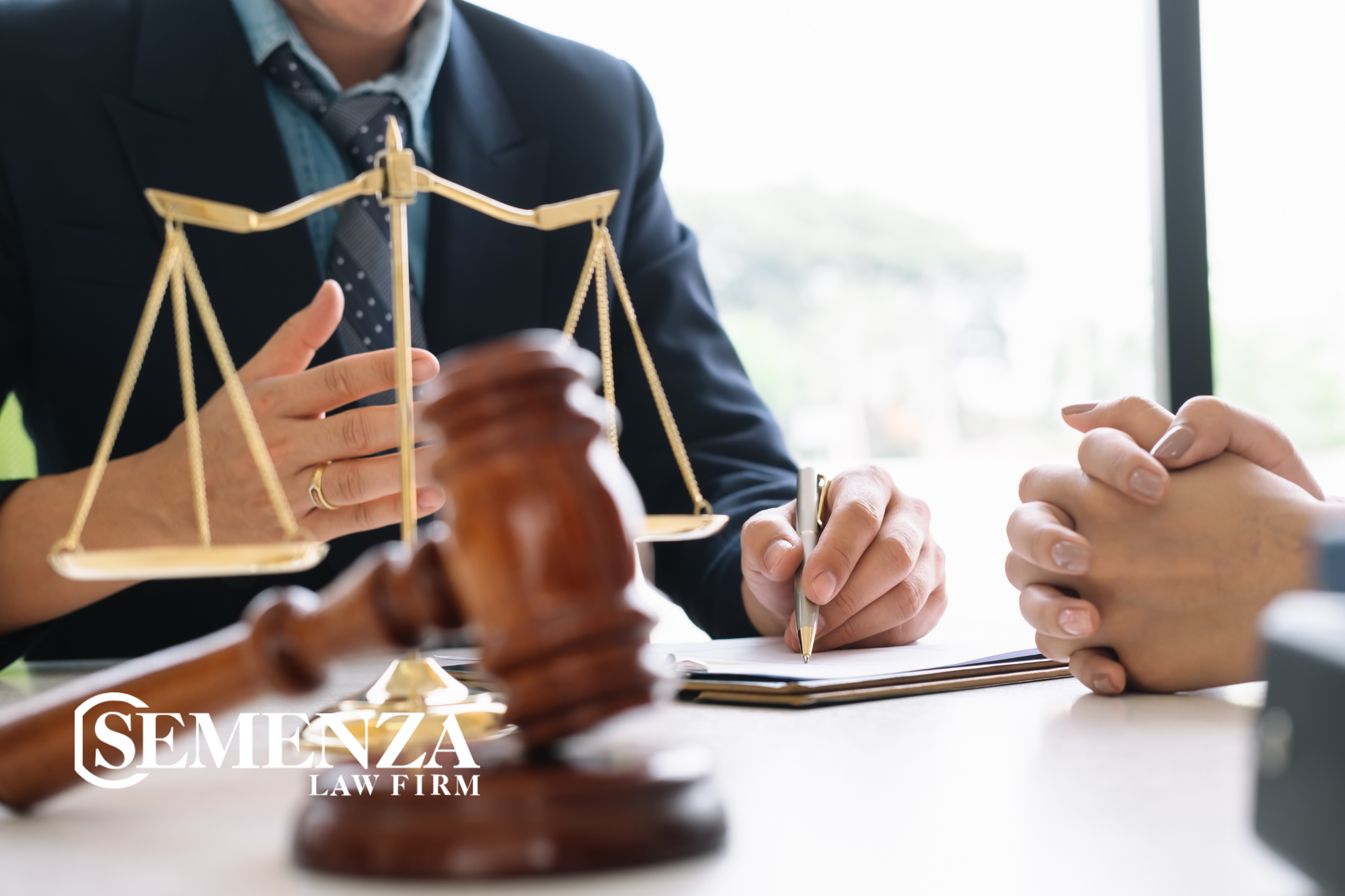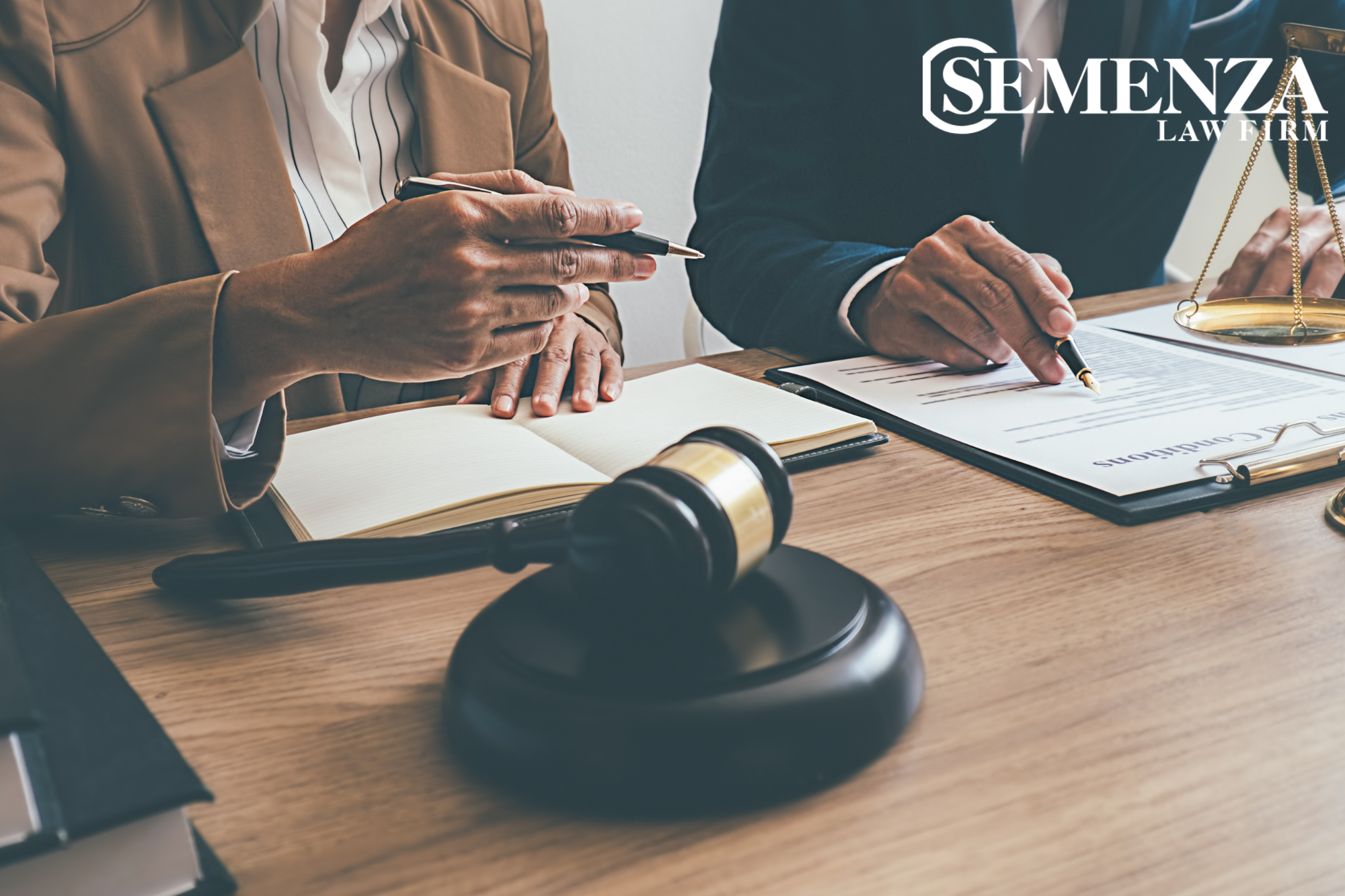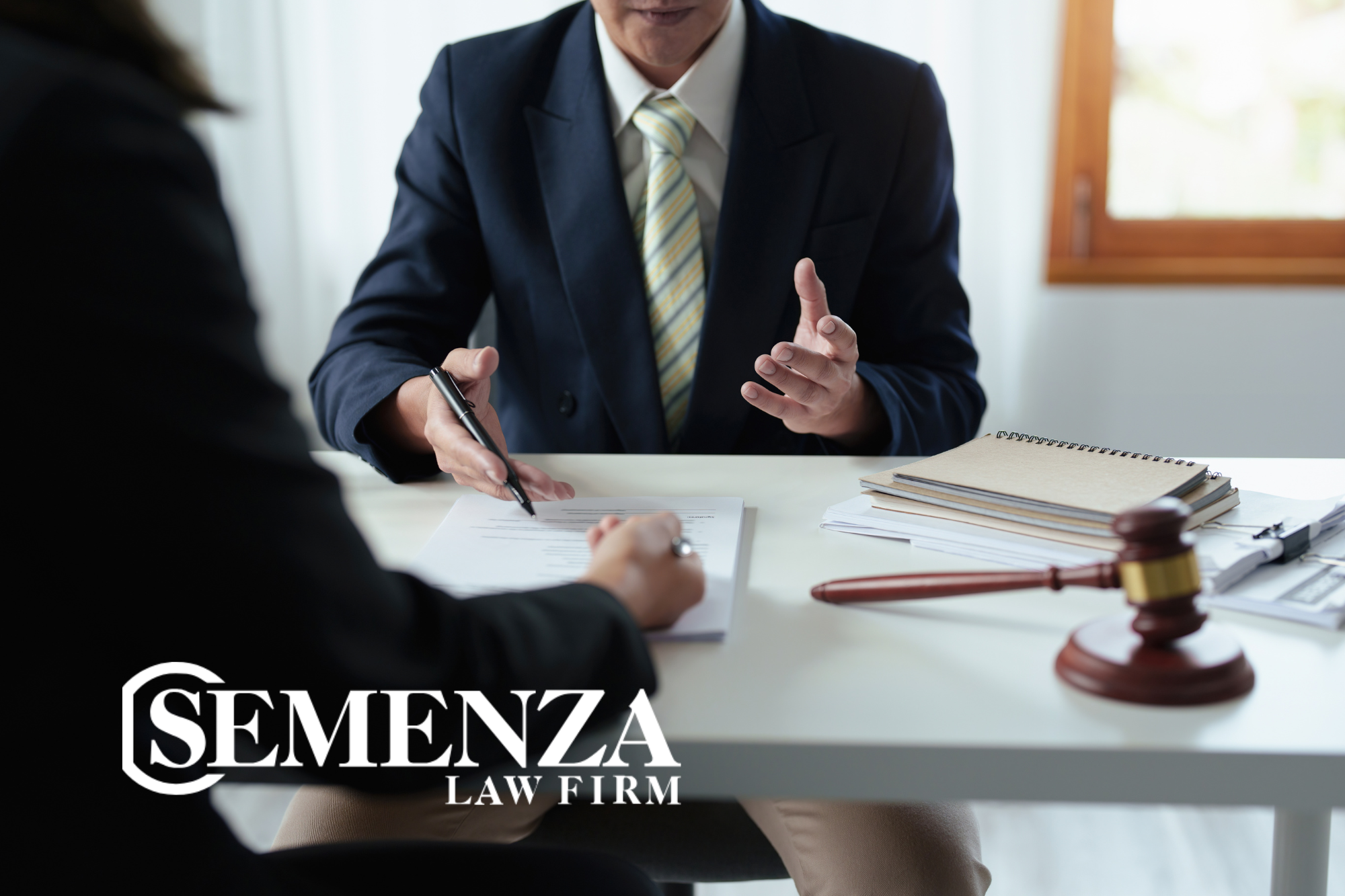Accidents happen when you least expect them. When they involve an uninsured or underinsured driver, the situation can quickly become more complicated. Navigating this type of claim requires a deeper understanding of the legal process, especially if you find yourself in the position of dealing with the financial burden of an accident caused by another driver who doesn’t have enough insurance to cover your damages.
Understanding how to handle a car accident rights involving an uninsured or underinsured motorist can save you time, money, and significant stress in the aftermath of the collision. In this article, we’ll break down the steps involved in dealing with such an unfortunate situation and how the legal process works for victims of uninsured and underinsured drivers.
What Does Uninsured and Underinsured Motorist Coverage Mean?
Before diving into the legal process, it’s important to first understand the terminology. Uninsured and underinsured motorist (UM/UIM) coverage is a type of insurance that protects you if you’re involved in an accident with a driver who either doesn’t have any insurance or doesn’t have enough to cover your injuries and damages.
- Uninsured Motorist Coverage (UM) applies when the at-fault driver has no insurance at all.
- Underinsured Motorist Coverage (UIM) comes into play when the at-fault driver has insurance, but their policy limits are not sufficient to cover your medical bills, lost wages, or vehicle repair costs.
These coverages are typically optional, but many states require drivers to carry them as part of their mandatory insurance policies.
What to Do After an Accident with an Uninsured or Underinsured Driver
Suppose you’ve been in a car accident involving an uninsured or underinsured motorist. In that case, it’s essential to take the right steps to protect your rights and ensure that you can recover the damages you’re entitled to. Here’s what to do immediately following the incident:
1. Report the Accident
After an accident, the first step is to report the incident to law enforcement. A police report serves as an official document detailing the event and may help in future legal proceedings. Even if the other driver doesn’t have insurance or their coverage is insufficient, you’ll still need to document the accident properly.
2. Collect Evidence
Gather as much evidence as possible at the scene of the accident. This includes:
- Photographs of the accident scene, vehicle damages, and any visible injuries.
- Contact information for witnesses.
- The other driver’s information, including their name, license plate, and driver’s license number.
- A copy of the police report or the incident number.
The more evidence you can gather, the better equipped you’ll be to make your case.
3. File an Insurance Claim
Contact your own insurance company to report the accident. If you have UM/UIM coverage, your insurer will likely be your first point of contact when processing the claim. However, the process for filing a claim may be more complicated compared to a regular accident, especially if the other driver is uninsured.
You will need to provide your insurance company with the necessary details, including the police report, evidence of the accident, and medical documentation. The insurer may then investigate the claim, including reviewing the at-fault driver’s lack of insurance or insufficient coverage.
4. Determine the Extent of Coverage
If you have UM/UIM coverage, your insurance company will typically cover damages according to your policy limits. However, if the at-fault driver is underinsured, your insurer may offer additional coverage to bridge the gap between the driver’s insurance and your total damages. It’s essential to review your policy to understand the specific coverage limits and how much you can claim.
5. Consider Legal Action
If your insurance company doesn’t cover all of your expenses or if you face difficulties in securing compensation, you may need to take legal action. This involves filing a lawsuit against the uninsured or underinsured driver for the damages. In such cases, your attorney will guide you through the process, working to recover any remaining funds you are owed.
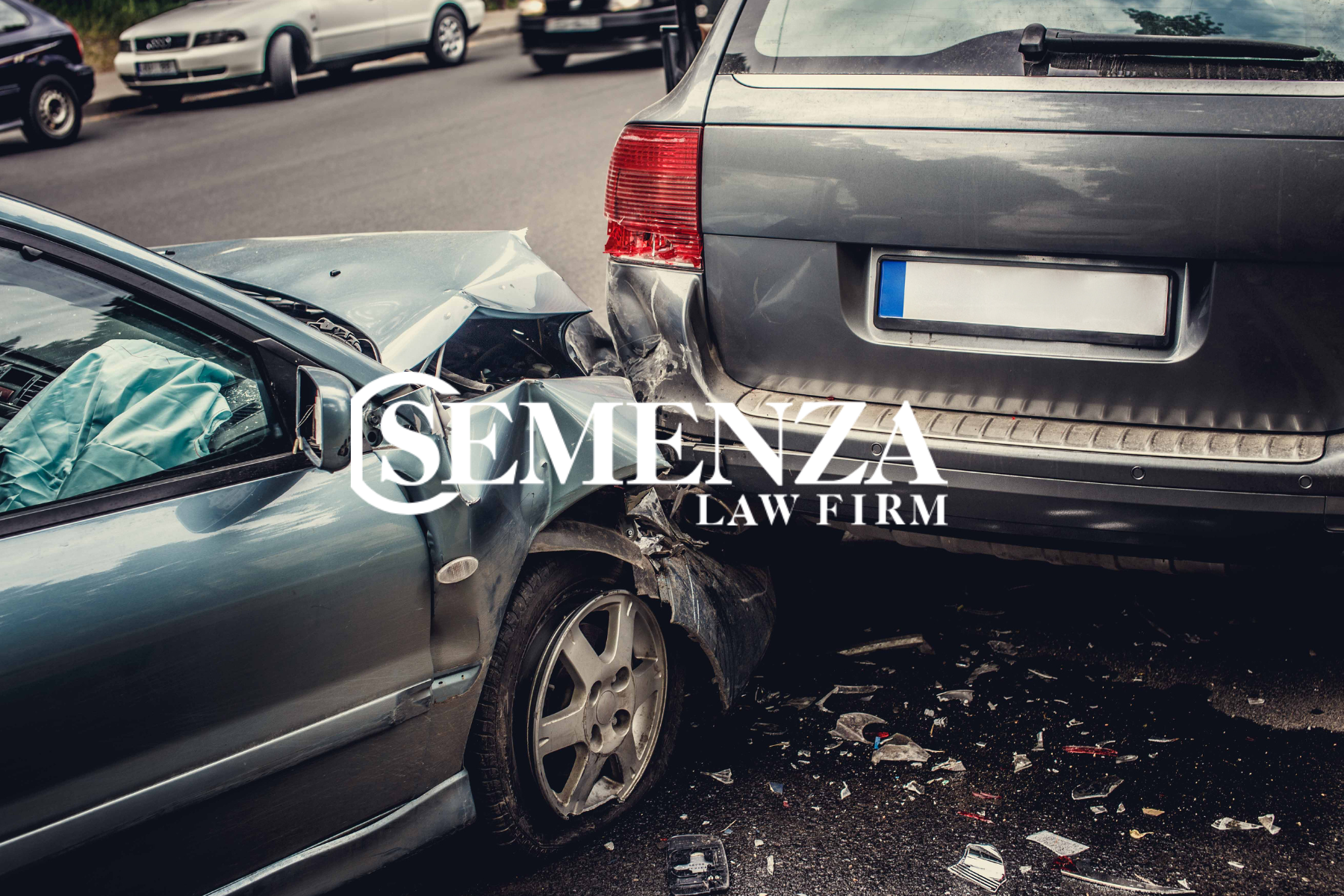
The Legal Process of Pursuing a Claim
The legal process for dealing with an uninsured or underinsured motorist is unique and may involve several steps. It’s essential to know how the legal system works when pursuing compensation in these circumstances.
1. Seek Legal Representation
Dealing with an uninsured or underinsured motorist can be complicated, and hiring a personal injury attorney is often crucial. Your attorney will help you understand your rights, navigate the claims process, and explore all legal options available to recover damages. They will also ensure that your insurance company honors your claim, protecting you against potential delays or disputes.
2. Investigation and Negotiation
Your attorney will begin by thoroughly investigating the accident. This includes reviewing all evidence, obtaining witness statements, and gathering medical records to document the full extent of your injuries. Based on this information, your lawyer will negotiate with your insurance company or the other driver’s insurance company (if applicable) to determine a fair settlement.
3. Pursue a Lawsuit if Necessary
If a fair settlement can’t be reached through negotiations, your lawyer may recommend filing a lawsuit. While this step can take time and involves legal procedures such as discovery and court hearings, it may be the only way to secure the compensation you deserve. In some cases, even if the driver is uninsured or underinsured, they may still be personally liable for the damages, and your attorney can help you pursue a judgment against them.
4. Court Trial
In rare cases, the legal process may proceed to trial. If this happens, both parties present their cases, and a judge or jury determines whether the defendant (the uninsured or underinsured driver) is responsible for paying damages. Having a skilled personal injury attorney is critical during this phase to ensure your case is presented effectively.
What Happens If the Other Driver Has No Insurance?
If the at-fault driver doesn’t have any insurance, your first line of defense is your UM coverage. If you don’t have this coverage, you may be left to pursue a personal claim against the driver. This can be difficult if the driver lacks the assets or income to pay the damages.
In these cases, your attorney may investigate other potential sources of compensation. For example, if the driver was operating their vehicle as part of their job, their employer’s insurance may come into play. Additionally, you may seek compensation through your health insurance if your own policy includes provisions for accident-related medical expenses.
What Happens If the Other Driver Has Insufficient Coverage?
If the driver has insurance but their policy limits are too low to cover your damages, your UIM coverage can step in to cover the difference. However, UIM coverage typically has limits, so it may not cover all your expenses. Your attorney can help you explore other potential sources of compensation or negotiate with the at-fault driver’s insurance company to increase the payout.
Conclusion
Dealing with an accident caused by an uninsured or underinsured driver can be frustrating, but understanding the legal process can make it easier to navigate the situation. Having the right insurance coverage, gathering proper evidence, and seeking legal representation from lawyers for car accidents are all essential steps in ensuring that you receive the compensation you deserve. Experienced attorneys can help you explore your options, negotiate with insurance companies, and fight for your rights in court if necessary.
If you find yourself involved in an accident with an uninsured or underinsured driver, Semenza Law is here to help. Our experienced personal injury attorneys are dedicated to assisting clients to recover damages after car accidents and ensure their rights are protected, offering personalized legal counsel for personal injury cases, including those involving uninsured and underinsured motorists.

